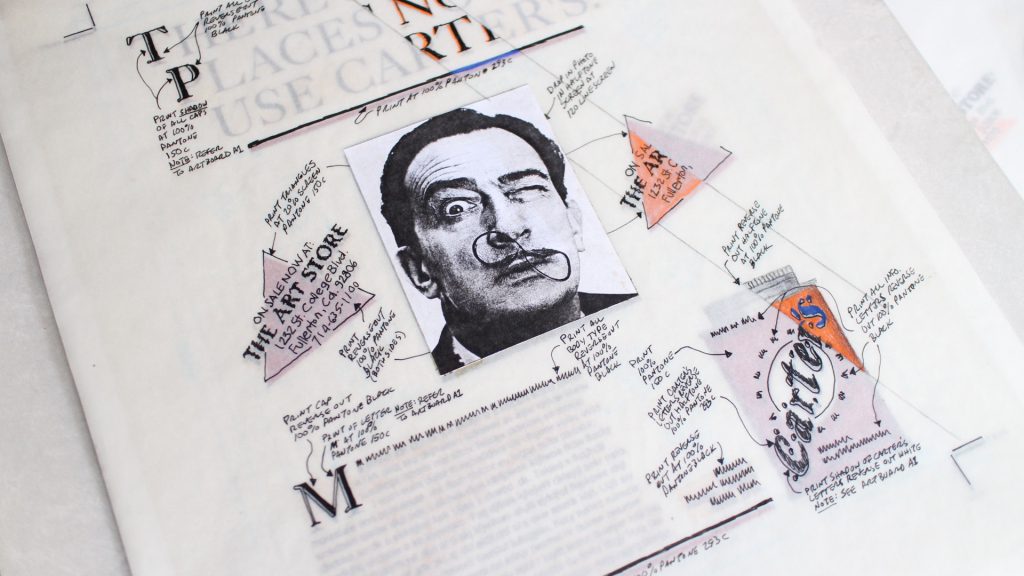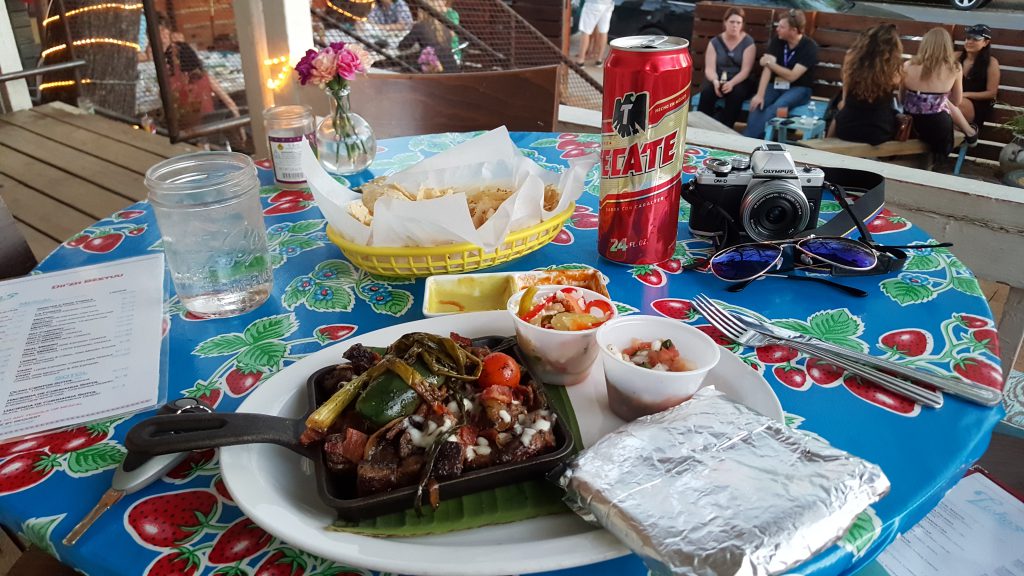Change is hard. Really hard.
How many resolutions have you set that never made it past February? If the number is big, you’re not alone. Research has suggested that while 40% of Americans make New Year’s resolutions, only 8% of those resolutions are actually achieved.
Why?
Because resolutions rely on motivation.
Motivation doesn’t work.
Motivation is based on emotion and emotion is unreliable. Not that motivation is bad. In fact, it’s great when you can get it. It’s just not something that serves as a good foundation for lasting change.
Unfortunately, we often can’t control things that impact our motivation. What happens when you lose a client, have relationship issues, get a new and unreasonably demanding boss, or need to care for a parent in failing health? These, and thousands of other things, affect your feelings. They tend to bring down your levels of enthusiasm and energy. And when we feel down, motivation goes down. When motivation goes down, ‘I’ll do it tomorrow’ becomes all too easy.
This is when resolutions and commitments waiver and often fail. What’s worse is that repeated unsuccessful attempts to change work against us by lowering our self-confidence and our belief in our self-control. We blame ourselves for our lack of progress and we go out looking for things that will motivate us. But it’s the strategy of relying on motivation that got us into trouble in the first place.
If you’ve tried to change and have consistently failed, the issue isn’t you… it’s your strategy.
Forming new habits is the key.
As actions (resolutions) start to become habit, the emotion and our focus on them naturally wanes. This is actually a good thing because habits don’t rely on motivation or thinking things through. It’s why we can drive while our mind is elsewhere. Habits are automatic.
And forming habits is the key to long-lasting change.
How do we form habits?
Stephen Guise (Mini-Habits) suggests that the key is to set your objectives ‘stupidly small’ – so small that resistance to doing it is minimal and your chance of success is high. They should be so small that it takes no more than 5-10 minutes (or 3-5 minutes if needed) to accomplish. Take that new habit you want to form and break it down to super small mini-habits to get you started.
- A resolution to eat healthier becomes a commitment to eat one vegetable a day.
- A need to live within a budget can start with stopping all Starbucks (‘insert your regular money-wasting purchase here’) visits.
- The desire to exercise daily for 30 minutes becomes a commitment do one push up a day.
- A goal to be more collaborative with colleagues can start with a commitment to compliment one person’s idea or work every other day.
This approach was backed by a classic Stanford University study that focused on kids who had trouble with math. One group was instructed to set small math goals, while a second group set long-term goals. The first group accurately solved 80% of the problems. The second group correctly solved only 40%.
The Benefits of Taking This Small Mini-Habits Approach
- Starting small reduces internal resistance which means only an infinitesimally small (laughably small) amount of willpower is needed. If it takes more than this, you’ve not set them small enough.
- Doing something small is infinitely better than doing nothing. And setting big goals typically leads to doing nothing.
- Success at doing small things builds a positive feedback loop which increases self-efficacy. From this positive foundation it’s easier to do a bit more than the minimum as time goes on. From here, it’s easier to ‘scale up’ over time.
- And even if you don’t scale up, doing something small every day builds a routine. This is enough to grow into a lifelong foundational habit.
Other Habit-Formation Tips
- Develop a plan – Select your mini-habit. Pick a trigger (e.g. time of day) which will prompt you to implement it. Select a reward. Write these down.
- Track your progress – Keep a log on how you’re doing. Note occasions when you’ve scaled up in duration, difficulty, overcoming obstacles, etc.
- Develop a reward system – Give yourself a reward (e.g. a hot bath or a phone call with a friend) only after you’re finished with your mini-habit for the day.
- Surround yourself with a support network – The people you spend time with do impact your habits, both good and bad. Surround yourself with people who are good at what you want to achieve.
- Build in accountability – Your log tracking your progress holds you accountable to yourself. Telling your support network what you’re doing so they can encourage you will help you to be accountable to them.
- Focus on avoiding loss – Focusing on avoiding loss leads to change more often than focusing on gaining something (Change Anything: The New Science of Personal Success). For example, envisioning a life plagued with heart disease has a greater chance of leading to a healthy lifestyle than imagining yourself looking good in a swimsuit.
- Use a vacation to break a habit – Behavior associated with habits often start with a trigger which tells your brain to perform its habitual learned behavior. Vacations change those triggers which breaks up our normal behavior patterns. For this reason, Charles Duhigg (The Power of Habit) says that vacations can be one of the best times to break yourself of an unwanted habit.
The good news is that habits are malleable throughout our life so it’s never too late to improve something for the better.
Robin Elledge is the founder of Janus, a coaching and consulting firm in Los Angeles. Robin’s greatest passion is working with people to improve their ability to effect change within their company, team, and themselves. She has over 30 years of experience supporting and coaching leaders at all levels, from CEOs to those who are just beginning their management journey.

 This process was great, because you became intimate with the projects because you had your hands on them. You had to know your tools and type really well. Our office was not yet using computer software for design and production, so the task ended up on me to make the transition.
This process was great, because you became intimate with the projects because you had your hands on them. You had to know your tools and type really well. Our office was not yet using computer software for design and production, so the task ended up on me to make the transition.